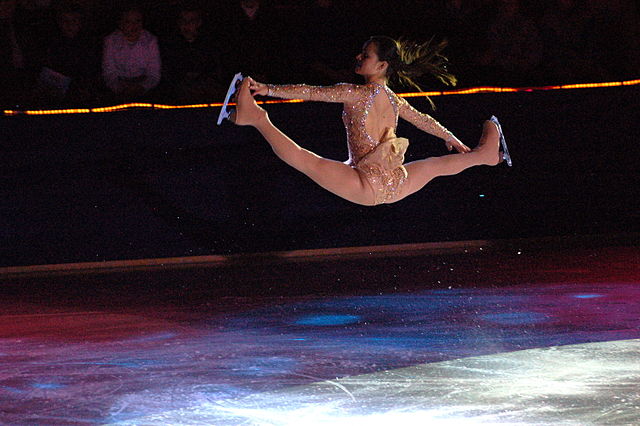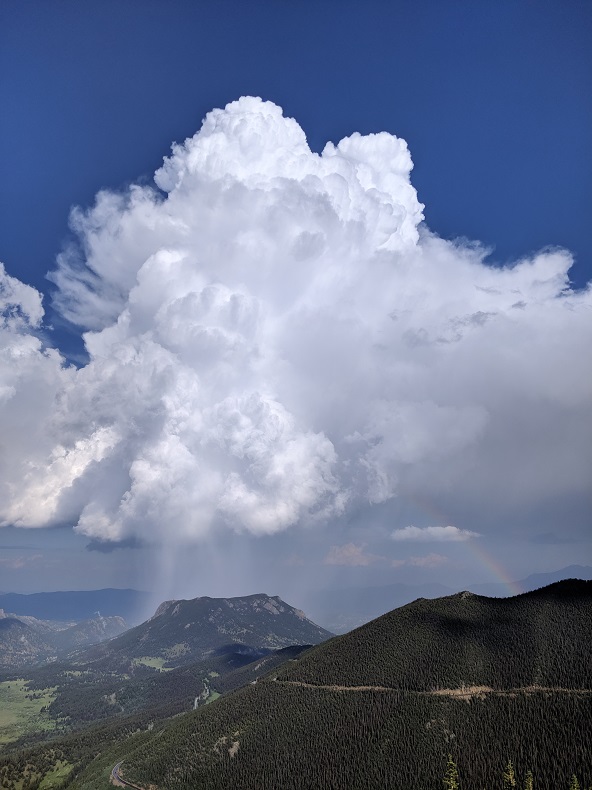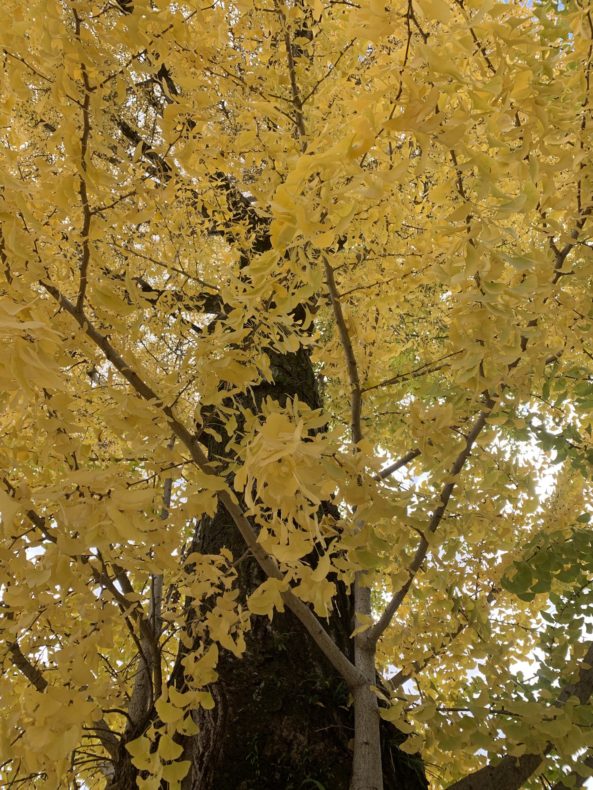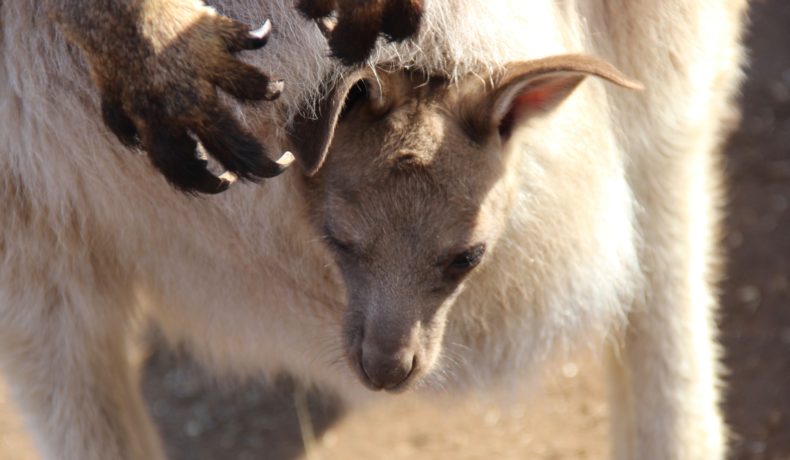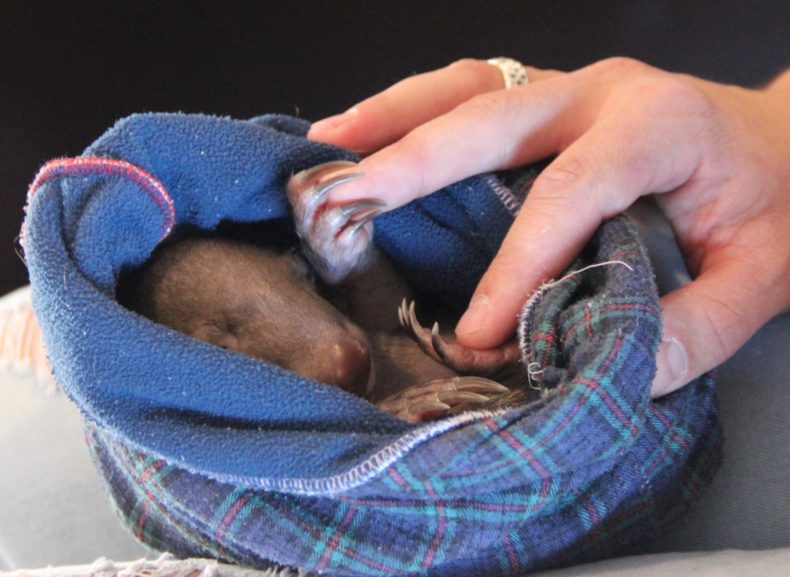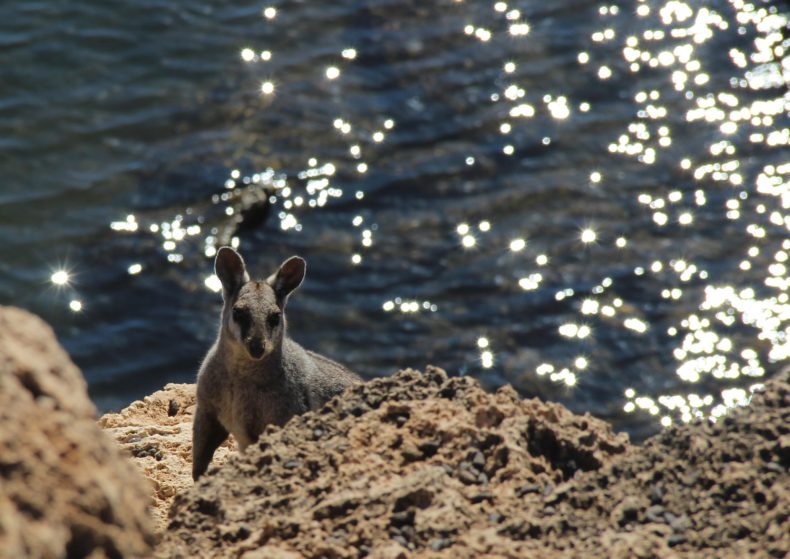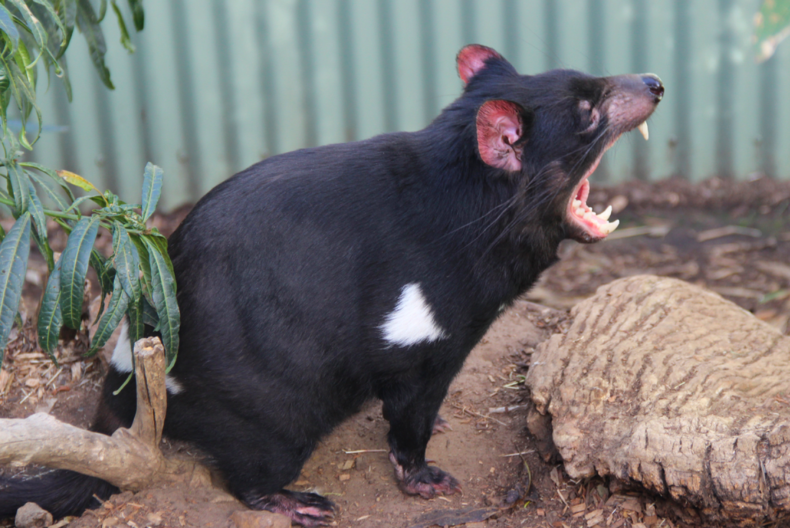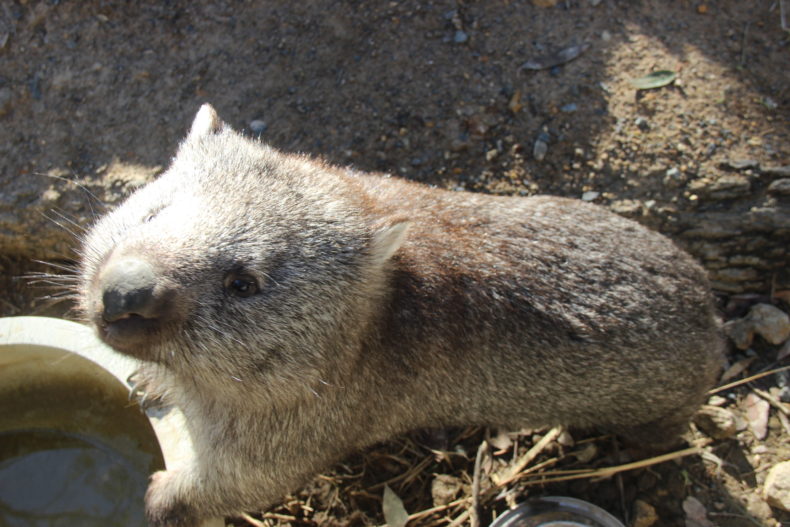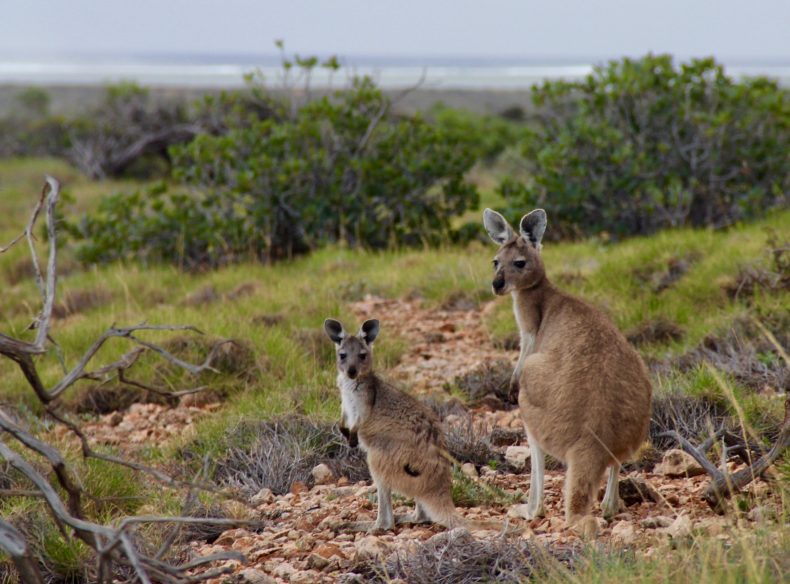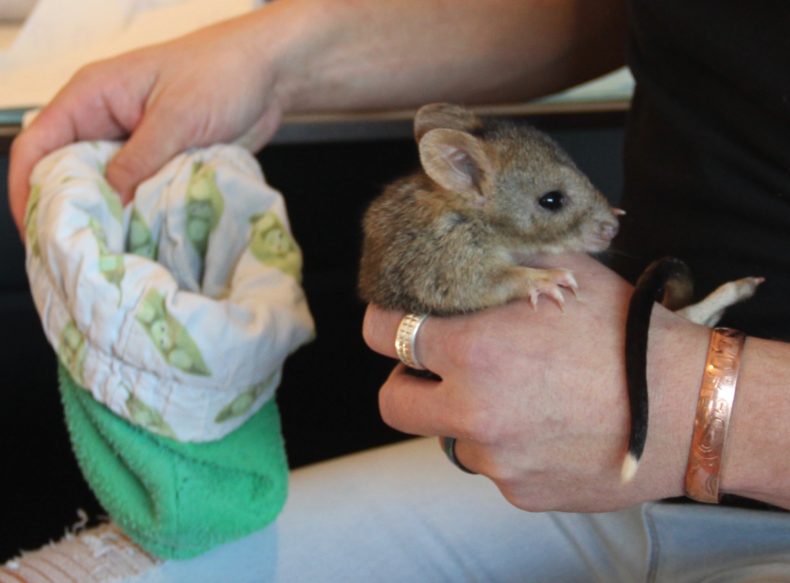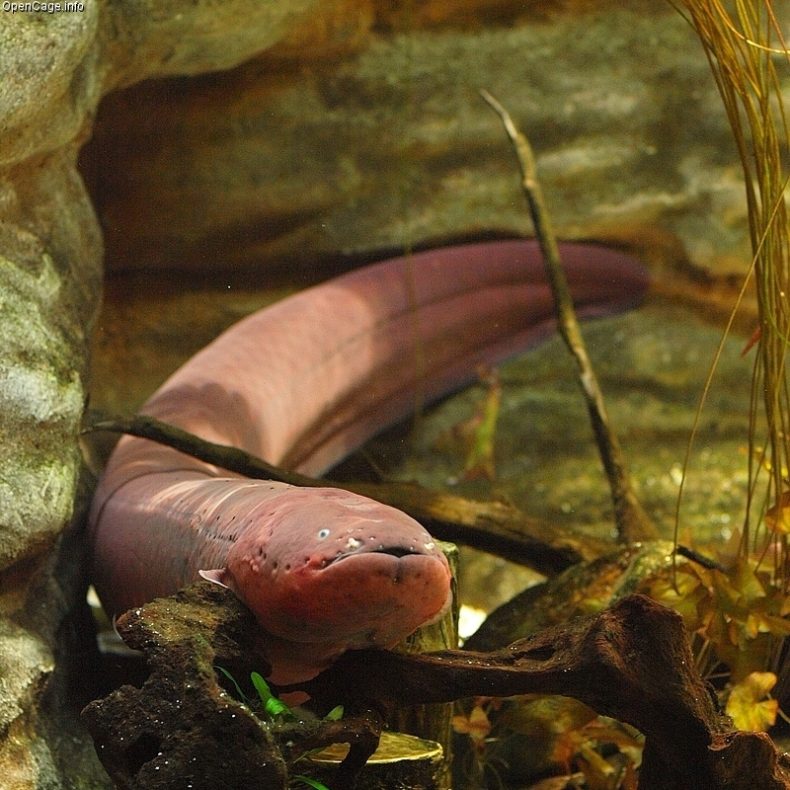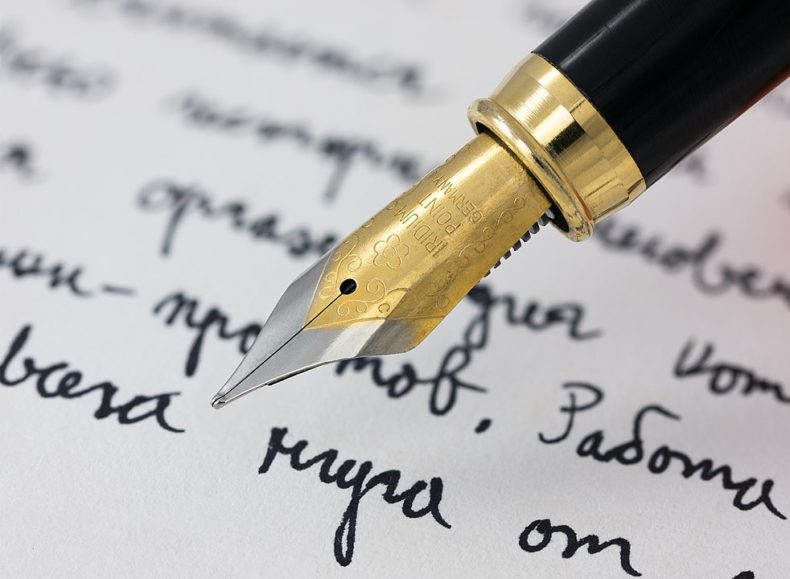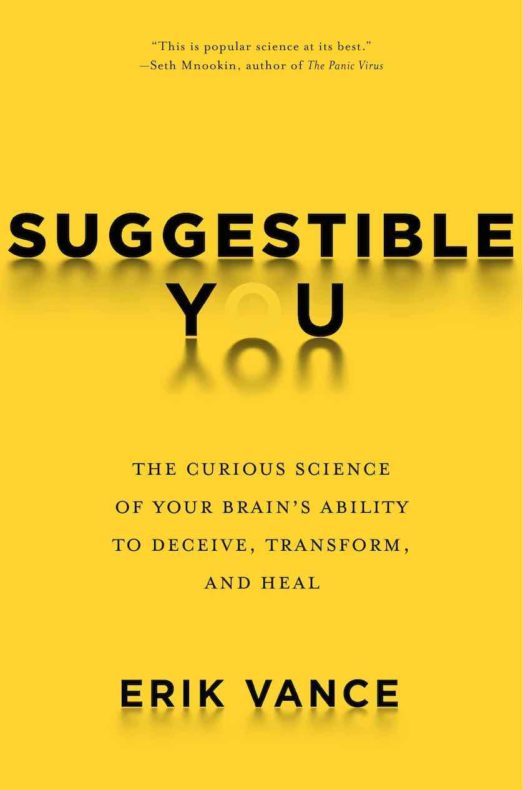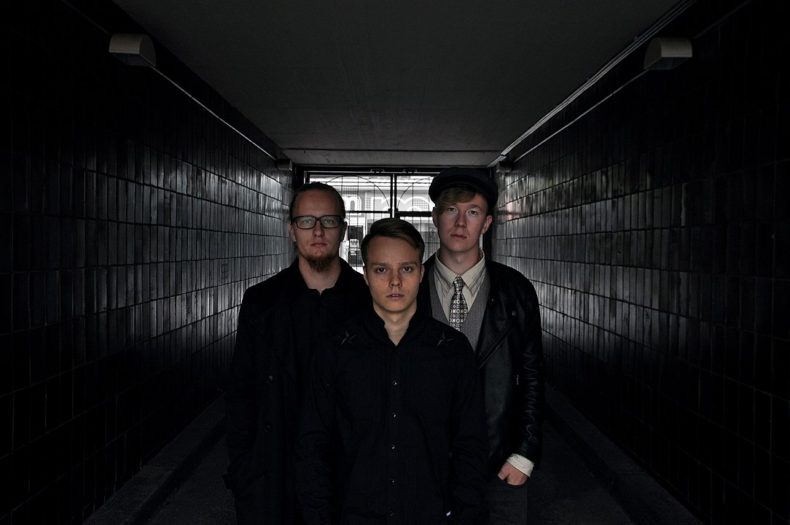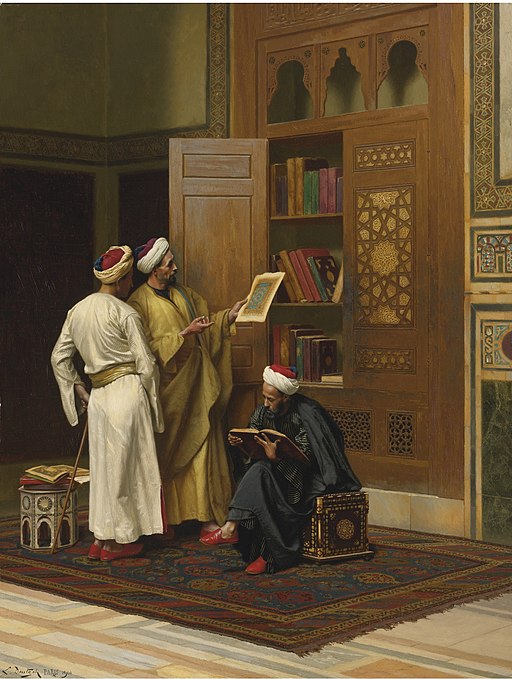
Every year, the People of LWON reach into their bookshelves and Goodreads lists and towering intellects to tell you what you should be reading in the holiday season–or any other free time you may be gifted with. This is our sixth year of such pontificating. Among the books below is your next favorite:
Ann: As always, what I read for work is usually not what I’d read if I didn’t have to. So when I read for just reading, it’s almost always fiction. This year, I went through a bunch of Rumer Godden who belongs, in my mind, to the group of intelligent, literate, elegant (usually women) authors (Hilary Mantel, Penelope Fitzgerald, Jane Gardam) of books which have plots plus characters you’re interested in and in which nothing expected happens. Godden is especially good at slightly unsympathetic children and people whose faith drives them, with varying consequences. Her last book, published at age 90, had the excellent title, “Cromartie versus The God Shiva Acting through the Government of India.” I haven’t read that one. You read these books for the reason that people have always read books, to meet the people in them and hear what happened next and how it ended. So I recommend them all.
Jenny: You know what was a lovely read? The Cat’s Table by Michel Ondaatje. It’s the story of a Sri Lankan boy on a boat crossing the Indian Ocean in the 1950s with a cast of eccentric, mostly lovable characters (plus a mysterious prisoner) who help shape how he sees and experiences the world. It’s vivid and lyrical and kind of magical, a childhood adventure–a sort of circus on the sea–unlike any other I’ve encountered in literature. I was sad that it had to end.
Emma: For fiction, I recommend Moon of the Crusted Snow by Waubgeshig Rice, an apocalyptic tale set in a remote Anishinaabe community that shot through with both dread and hope. I loved his writing style–as crisp and clear as new-fallen snow. An excellent winter read. For non-fiction, I recommend How to Do Nothing: Resisting the Attention Economy by Jenny Odell. What sounds a bit like a guide to becoming more productive by wasting less time on social media turns out to actually be a fairly radical argument against being more productive in the first place. Using art, nature, and the hijinx of urban birds, Odell makes an exciting case for resisting our current digital capitalist system without withdrawing and for connecting to one’s bioregion in emotionally meaningful ways.
Jessa: Having read all 3,000 pages of the CFA level 1 curriculum this year in preparation for a 6-hour finance exam, I had decidedly less time for recreational reading, but I did manage to catch up on some of the works people had been raving about—Tara Westover’s Educated and Hope Jahren’s Lab Girl both more than lived up to their respective hypes. But if I cast my mind back to the last ten years of reading, the book that reliably delivers is the one I search out from the news agent’s every three months—Lapham’s Quarterly. It’s the sort of thing where everyone in some circles knows it, and in others, nobody does. You could think of it as a sort of themed, global, pan-historical Reader’s Digest. All I know is that several times over the course of reading a Lapham’s Quarterly, I will raise my head from its pages and say to myself, I F-ing love Lapham’s Quarterly.
Cassie: You’ve no doubt read Educated: A Memoir. Or someone has told you to read Educated. But if you haven’t had the chance yet, GO READ IT! Enthralling. I could not put it down. I’ll also recommend Fleishman is in Trouble. I can’t promise you’ll love it (I did. Others didn’t.) But it will keep you interested and you will have feelings about the characters. Strong feelings. Shifting feelings, perhaps. And then you’ll be able to discuss those feelings with all your friends.
Cameron: Lost and Wanted, by Nell Freudenberger. It’s a novel about theoretical physics + grief + friendship + the uncanny, which is my happy place. (Not the theoretical physics, really. But the combination.) I also sunk deep into Barbarian Days, by William Finnegan. This one is about surfing–but I think you don’t have to be interested in surfing to enjoy it. I read it before bed every night and dreamed of waves.
Sally: I spent the year in a state of numb horror about the world. It’s a little rough to watch the slow dissolution of the future I was raised to believe in. But just because hope doesn’t follow the old narratives doesn’t mean it doesn’t exist! What are the new futures no one has thought of yet? I went on a science fiction and fantasy binge, not to escape but to find stories that would spark new hope. Trail of Lightning, by Rebecca Roanhorse, is a cracking new take on a familiar fable. It takes place in a world drowned by the climate flood that we are all now living in vague fear of. The Native gods have returned to North America to protect the First Nations from its worst effects. But they have brought ancient monsters with them too. The story follows a young woman with a terrible power she has gained at great cost – isolation from anyone who could possibly help her to cope with it. Roanhorse’s is the kind of writing that makes you dread the dwindling number of remaining pages. Luckily, the sequel – Storm of Locusts – kicks exactly as much ass as the original.
Fans of lonely kickass protagonists might also enjoy the Murderbot Diaries, a series of novellas by Martha Wells. Her protagonist is neither a he nor a she, but a biohybrid creation of neural circuits grown around a robot chassis in order to maximise its lethality. The builders left out the unnecessary bits that make you adept at empathy and social connections and social triangulation, fluff like that. So when it accidentally achieves self-awareness, instead of going full Terminator, its primary objective becomes self-care by isolation and binge-watching box sets. Wells’ prose is so funny, moreish and relatable (chicken soup for the socially anxious soul) that I couldn’t help imbuing the murderbot with my own gender. To me, she’s a she and possibly a me.
The closest thing to a blueprint for navigating our uncertain future is Gamechanger, by L.X. Beckett, an uneasy meditation on how the fascism of the social media hive mind might be the only thing that gets us out of the ecological mess we’ve gotten ourselves into. A truly Faustian bargain. You can read the prequels for free.
Michelle: I listened to the audiobook of Milkman during a long flight, and months later I still miss the main character. Drive Your Plow Over the Bones of the Dead made me laugh—right before it sent an actual chill down my spine. The Testaments stole me away for an entire day, and I’m not sorry. White Bird, a graphic novel by R.J. Palacio, the author of Wonder, made my whole family cry—after which we read it again.
Want even more suggestions? Here are the previous years’ book recommendation lists:
Image: The Scholars, by Ludwig Deutsch, 1901

